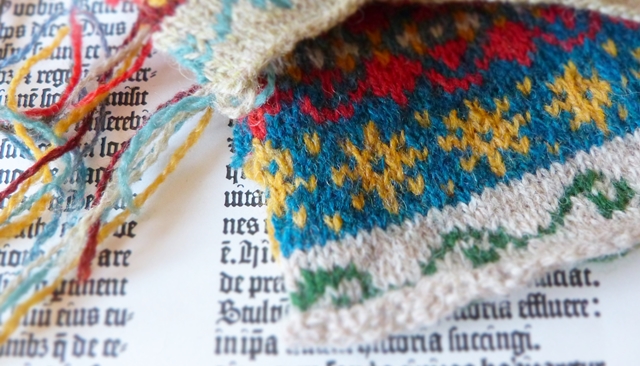 So, I have introduced you to This Thing of Paper - my book-sized project about knitting, making and printing. I have also written about my design considerations. Now, the details about the Kickstarter campaign which launches on May 23 2016.
So, I have introduced you to This Thing of Paper - my book-sized project about knitting, making and printing. I have also written about my design considerations. Now, the details about the Kickstarter campaign which launches on May 23 2016.

It was a long, hard decision to start a Kickstarter campaign for This Thing of Paper. I learned a lot of lessons doing Doggerland: I learned about graphic design, editing to a style sheet, defining design vocabularies, and photography. Most importantly, I learned that I cannot do a project like that on my own (or it will take a very long time). I need a team to support me, so I have time to create the content that is so central to my project.
But hiring good people costs money. Blocking out my calendar with creative time also costs money.
And so when I costed This Thing of Paper, I thought it would remain a passion project. One of those projects I'd work on when I had small pockets of time and maybe, just maybe, it'd see the light sometime next decade. Then several knitters (independently of each other!) asked if I had considered crowdfunding. You know what? I hadn't, but one year later here we are just a few days away from a campaign launching.
Making the decision to crowd fund has meant that a) This Thing of Paper can become what I want it to be rather than an ongoing series of compromises and b) working with the knowledge that I am not alone - I have people backing me and supporting me all throughout the journey.
Crowdfunding means more than just financing a book project; it is also about feeling part of a loving, supportive and cheerleading community. Both things are really awesome and I am so grateful to the people who suggested I travel down that route. Fingers crossed that we get to set off on this adventure.

The Kickstarter for This Thing of Paper aims to raise £9,700 in 30 days. Because I am a big believer in transparency, this is how that sum breaks down:
The material costs include physical rewards, postage, packaging and printing. They come in at £3575.
Intangible costs include hiring a professional graphic designer, a proof-reader and a technical editor. I will also pay myself a small amount each month to offset time to work on the book. Combined these costs come in at £5250.
The remaining £875 go towards various fees.
The book is scheduled for publication in April 2017 - I know from experience working both on my own and on various collaborations how long knitting publications take to make. Instead of making rash promises, I am working to a realistic timeline - especially considering I will still be teaching throughout the period.

Now for the sweet part - the Kickstarter rewards. My partner David has supported a number of Kickstarters over the years and it's always so joyful to see all the little extras that arrive. It's been a lot of fun thinking of rewards and goodies, I can tell you! So, here are the seven reward levels.

Pledging £5 or more gives you a whole lot of gratitude & a big thank you in the book!

Pledging £10 or more gets you a big thank you in the book as well as two single digital patterns
from either the Doggerland or Hygge collections sent to your email.

Pledging £20 or more gets you a printed copy of This Thing of Paper (plus a digital download code for the ebook) and a big thank you in the book!

Pledging £30 or more gets you a printed, signed copy of This Thing of Paper (plus a digital download code for the ebook), two This Thing of Paper bookmarks and a big thank you in the book! You also get an exclusive Early Backer digital pattern. This pattern will be sent to your email and won't become available anywhere else.

Pledging £50 or more gets you a printed, signed copy of This Thing of Paper (plus a digital download code for the ebook), two This Thing of Paper bookmarks & badges, a This Thing of Paper tote/book bag, access to exclusive Facebook group, and a big thank you in the book! You also get an exclusive Early Backer digital pattern. This pattern will be sent to your email and won't become available anywhere else.
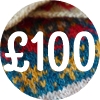 Pledging £100 or more gets you a printed, signed copy of This Thing of Paper (plus a digital download code for the ebook), two This Thing of Paper bookmarks & badges, a This Thing of Paper tote/book bag, access to exclusive Facebook group, and a big thank you in the book! You also get an exclusive Early Backer digital pattern. This pattern will be sent to your email and won't become available anywhere else.
Pledging £100 or more gets you a printed, signed copy of This Thing of Paper (plus a digital download code for the ebook), two This Thing of Paper bookmarks & badges, a This Thing of Paper tote/book bag, access to exclusive Facebook group, and a big thank you in the book! You also get an exclusive Early Backer digital pattern. This pattern will be sent to your email and won't become available anywhere else.
Oh, and an hour long Skype chat with me!
It's up to you what you want to talk about: do you want to talk about a specific knitting technique? do you want me to give you feedback on your portfolio? or do you simply want to hang out, chat & knit over Skype? It's all up to you! Let's have fun!

Pledging £500 or more gets you a printed, signed copy of This Thing of Paper (plus a digital download code for the ebook), two This Thing of Paper bookmarks & badges, a This Thing of Paper tote/book bag, access to exclusive Facebook group, and a big thank you in the book! You also get an exclusive Early Backer digital pattern. This pattern will be sent to your email and won't become available anywhere else.
Oh, and a weekend with me in Glasgow, Scotland!
Let me show you around my adopted home city of Glasgow, Scotland. See it through my eyes: tenement tiles, art nouveau and contemporary street art, irresistible vintage bookshops, Victorian museums, fabric and yarn shop visits, artisan coffee shops, or (weather permitting) maybe even a dash to the picturesque West Coast? (Please note that travel, accommodation, and food are not included).

I hope the rewards tickle your fancy. I wanted all the extra goodies to have a flavour of bibliophilia, so there are bookmarks and a book bag tucked in there along the exclusive Early Backer pattern and the very, very big thank yous.
Any questions? I'm currently collating any and all queries, so I can answer them in the next blog post (which takes us up to the launch and the amazing blog tour of people I just admire so darn much).
(Have you noticed the little bar or scroll I've used in these This Thing of Paper posts, by the way? It's hand-drawn by me and should give you an idea of the sort of details I am adding into the book (alongside awesome patterns and essays, of course))

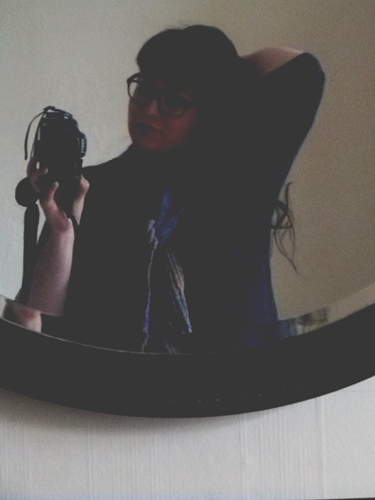

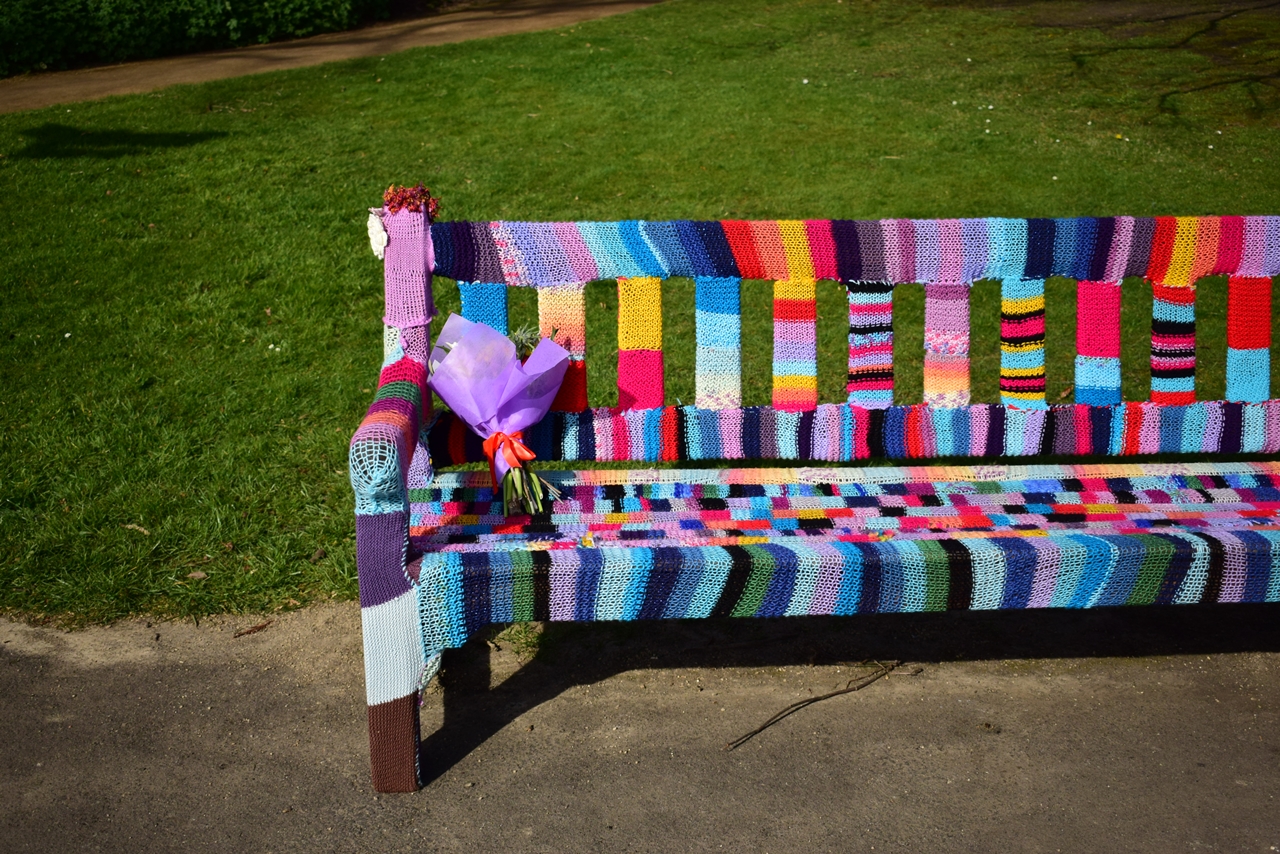 As a rule, I have an uneasy relationship with yarn-bombing. Done right and with purpose, yarn-bombing can be an effective way of practising craftivism (using craft as protest and promoting social change). It can transform a community and serve as a visual marker that something is not right. Sadly, I see too many press releases using yarn-bombing as a thoughtless exercise to "get the knitters on board" and throw a few pom poms at a tree as an empty PR exercise.
As a rule, I have an uneasy relationship with yarn-bombing. Done right and with purpose, yarn-bombing can be an effective way of practising craftivism (using craft as protest and promoting social change). It can transform a community and serve as a visual marker that something is not right. Sadly, I see too many press releases using yarn-bombing as a thoughtless exercise to "get the knitters on board" and throw a few pom poms at a tree as an empty PR exercise.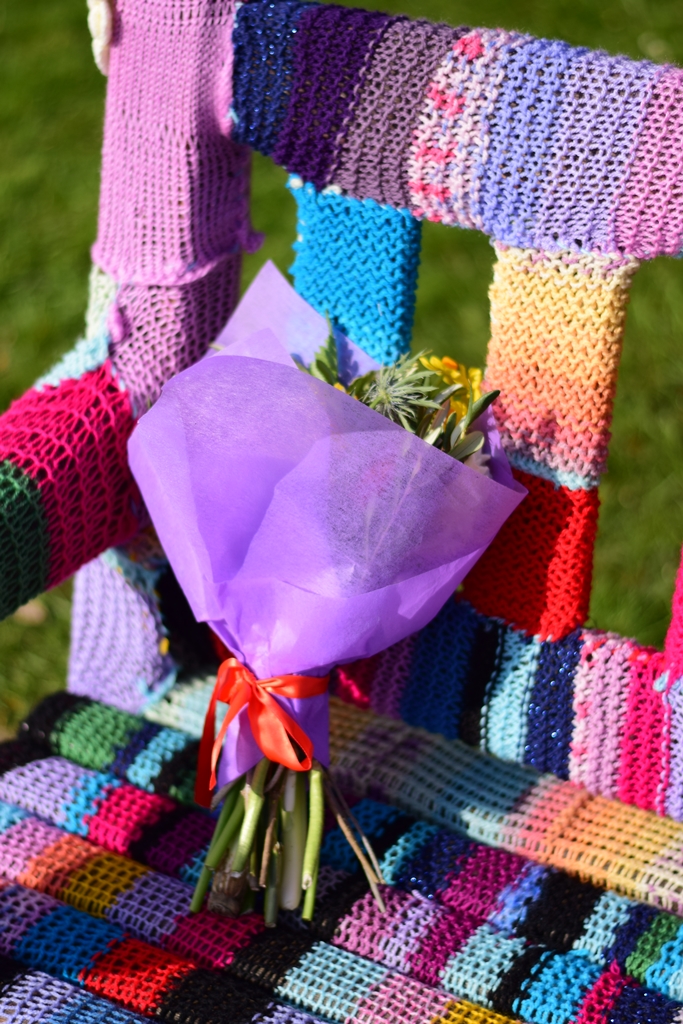
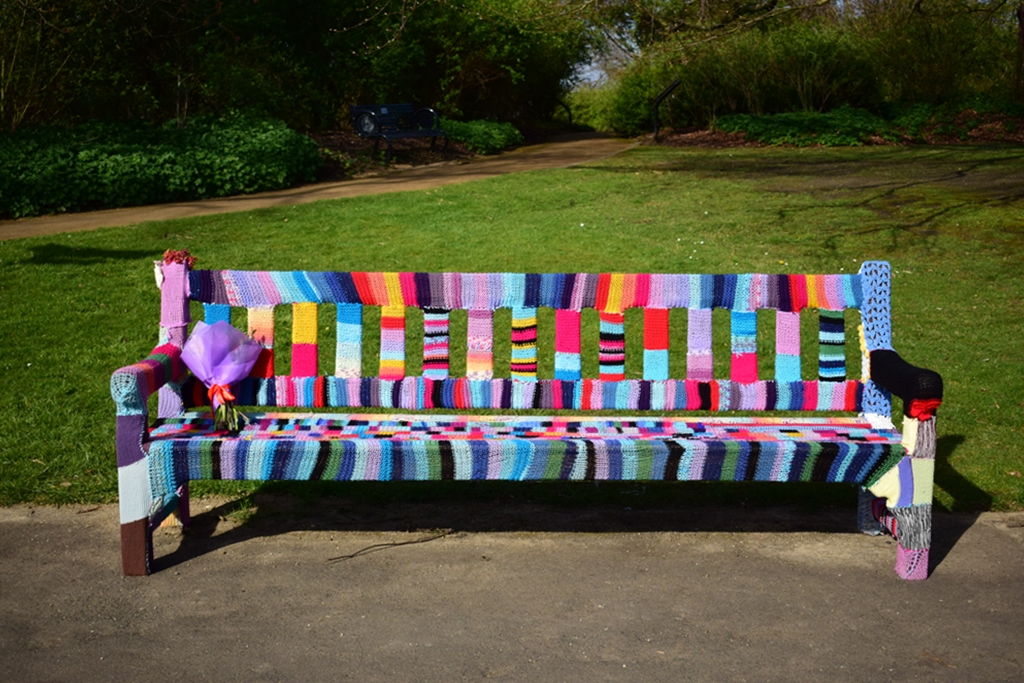
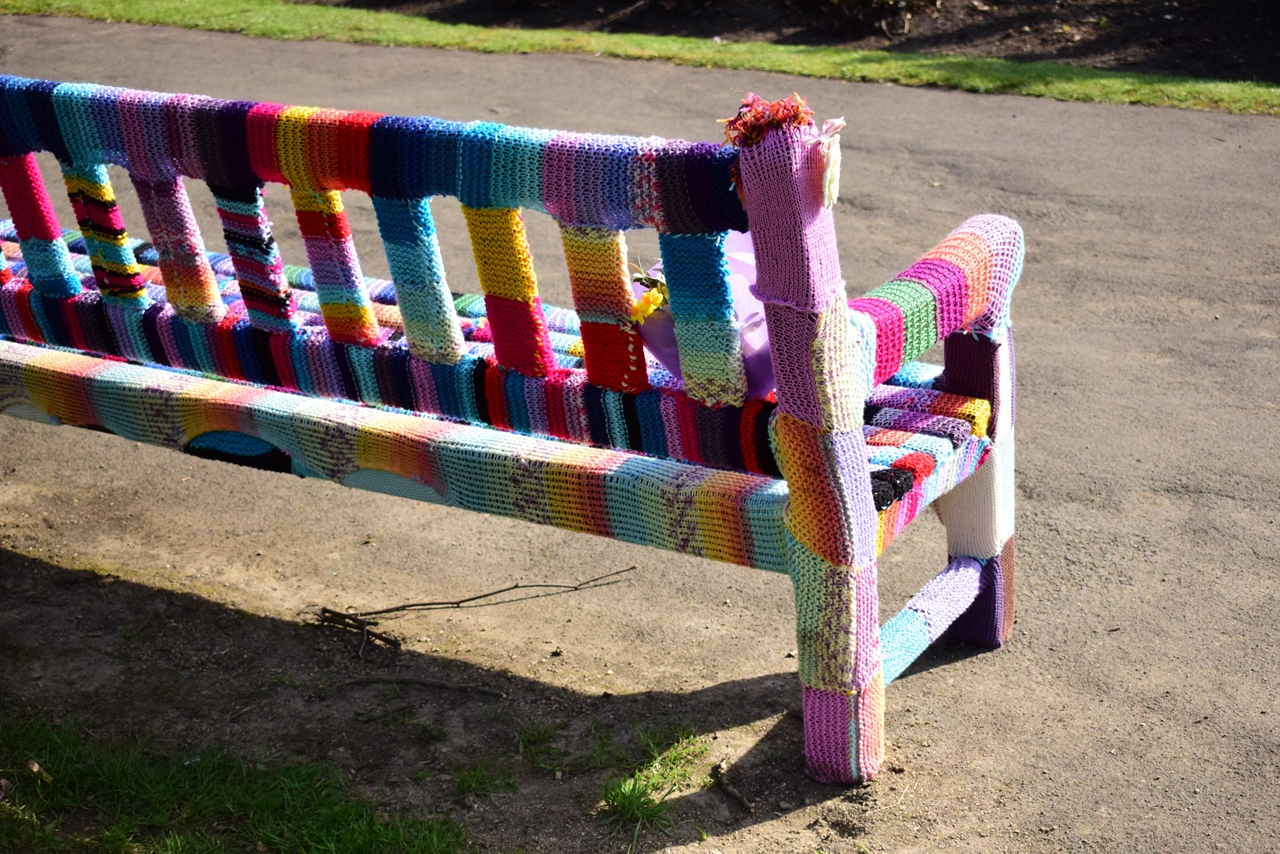
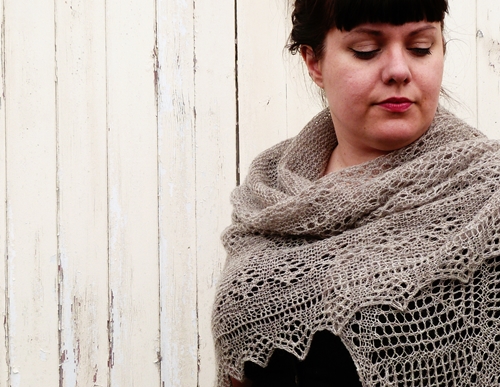 Just a very brief note as I catch my breath. Workshop season is in full swing and this means I am not home much. On the road I get to meet so many wonderful people and I see so many wonderful projects. This keeps me going until I am home on my sofa, snuggled up under the crochet blanket my mother once made me.
Just a very brief note as I catch my breath. Workshop season is in full swing and this means I am not home much. On the road I get to meet so many wonderful people and I see so many wonderful projects. This keeps me going until I am home on my sofa, snuggled up under the crochet blanket my mother once made me.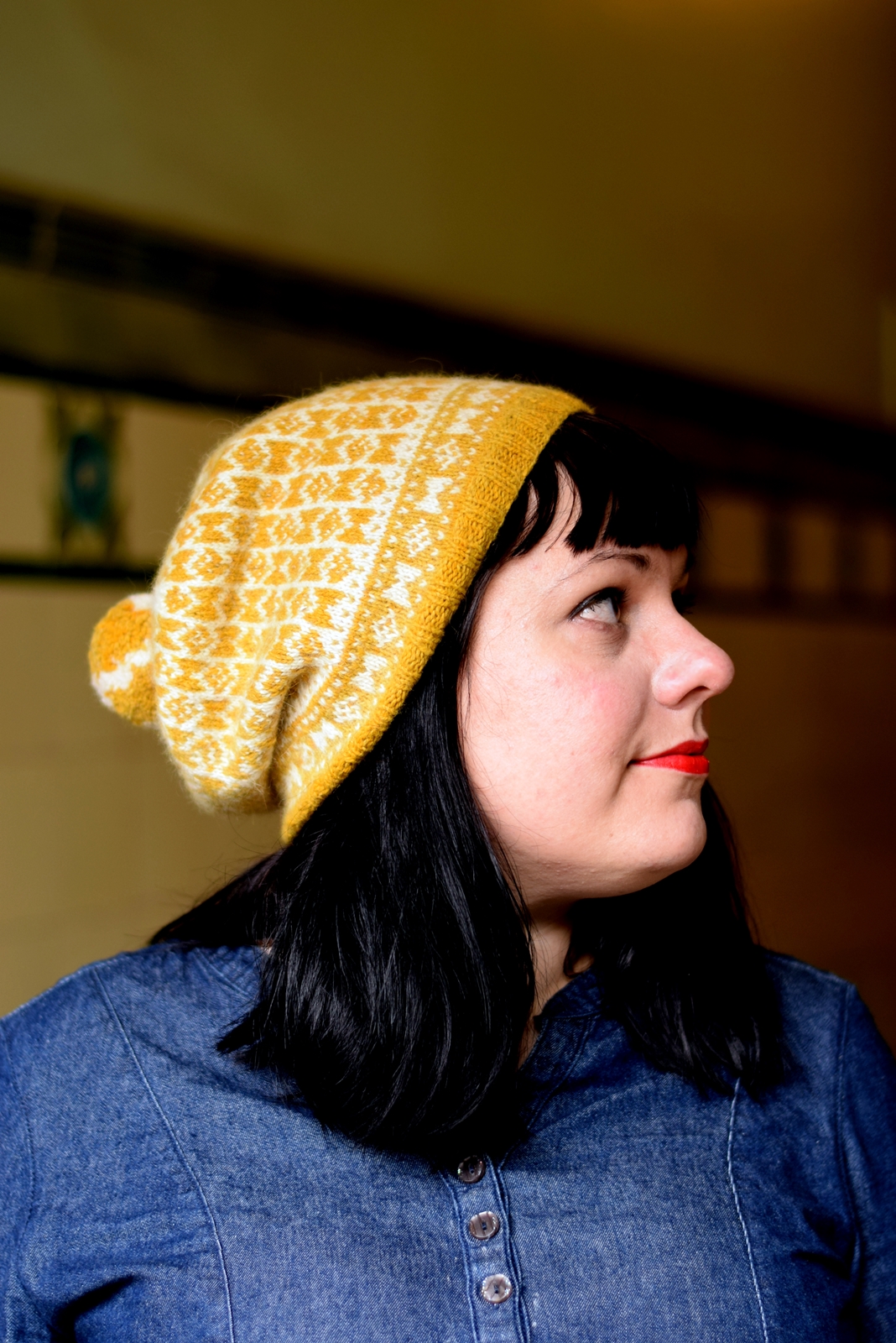 Judging by my inbox, this pattern launch should please a lot of people out there! Say hello to the Burnet hat! This was an Edinburgh Yarn Festival 2016 exclusive pattern, but the copyright has now reverted to me. Burnet is one of my own personal favourite patterns and I am so happy that so many of you agree with me!
Judging by my inbox, this pattern launch should please a lot of people out there! Say hello to the Burnet hat! This was an Edinburgh Yarn Festival 2016 exclusive pattern, but the copyright has now reverted to me. Burnet is one of my own personal favourite patterns and I am so happy that so many of you agree with me!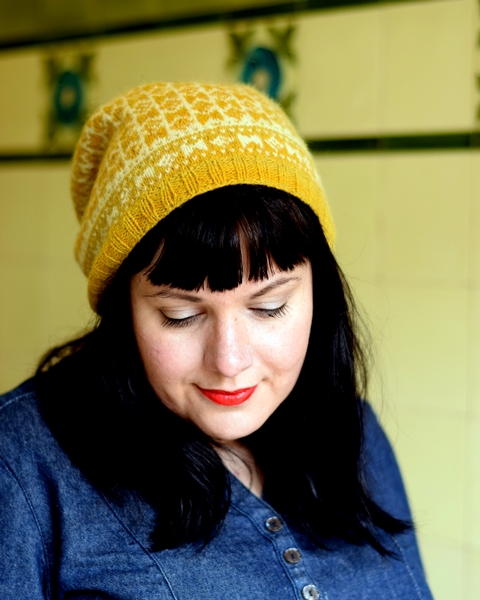
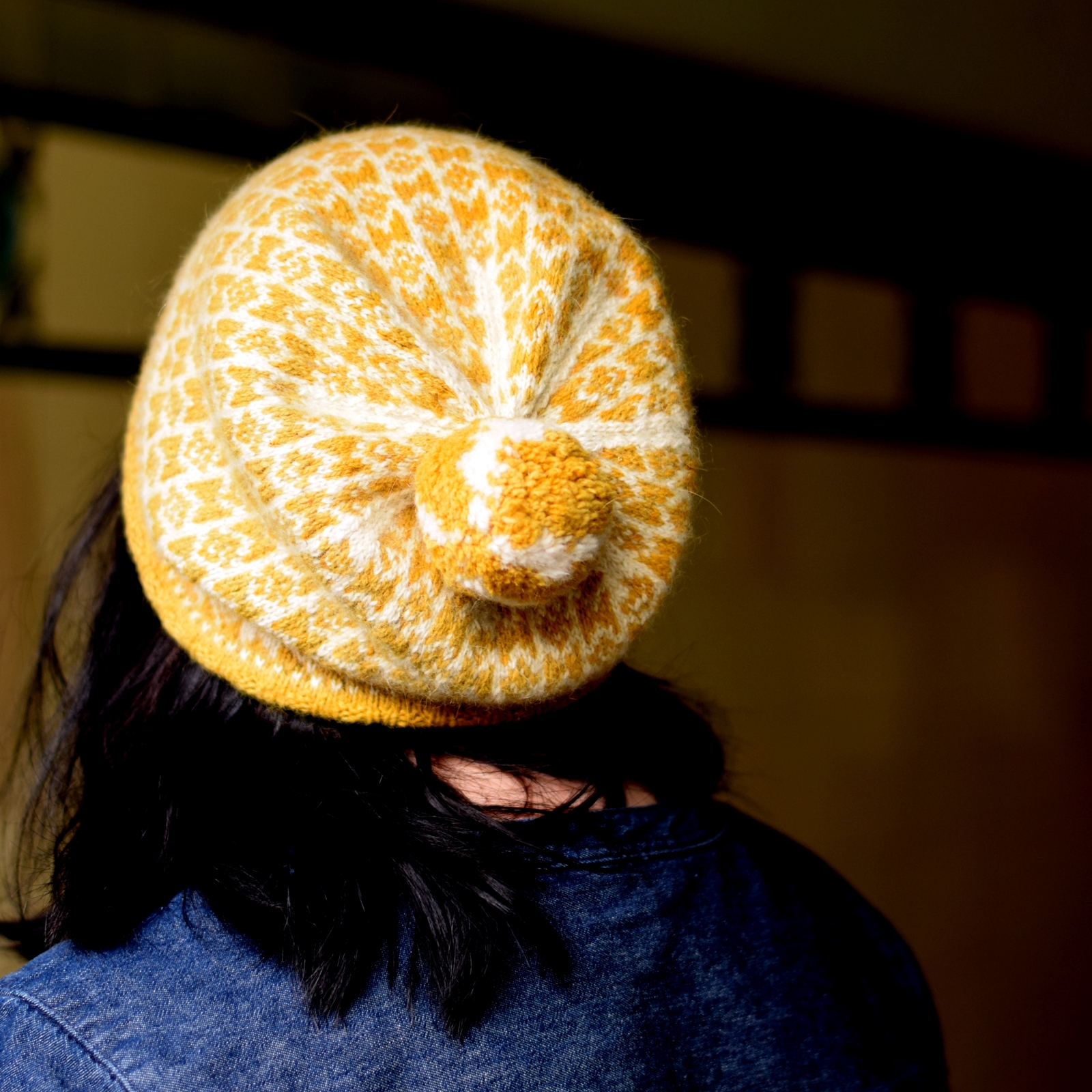 Burnet is knitted using two hanks of
Burnet is knitted using two hanks of 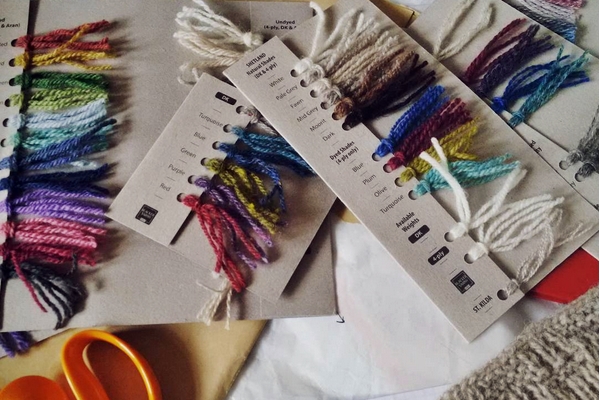 The second post in an accidental series on working with your creativity. Thank you for your feedback!
The second post in an accidental series on working with your creativity. Thank you for your feedback! 
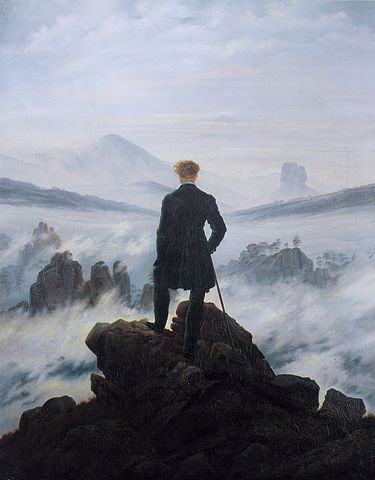
 So, I have introduced you to
So, I have introduced you to 





 Pledging £100 or more gets you a printed, signed copy of
Pledging £100 or more gets you a printed, signed copy of 